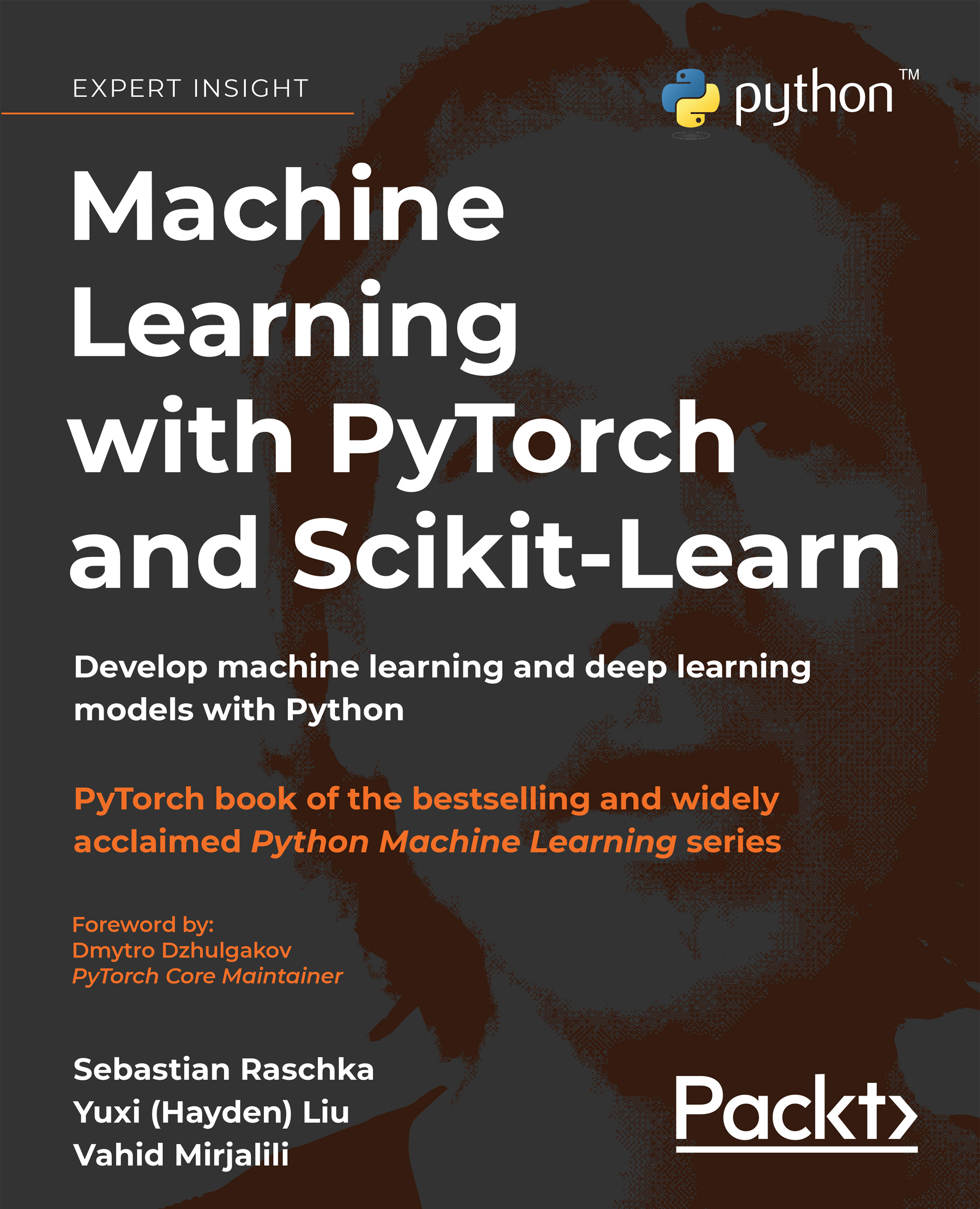Introducing the bag-of-words model
You may remember from Chapter 4, Building Good Training Datasets – Data Preprocessing, that we have to convert categorical data, such as text or words, into a numerical form before we can pass it on to a machine learning algorithm. In this section, we will introduce the bag-of-words model, which allows us to represent text as numerical feature vectors. The idea behind bag-of-words is quite simple and can be summarized as follows:
- We create a vocabulary of unique tokens—for example, words—from the entire set of documents.
- We construct a feature vector from each document that contains the counts of how often each word occurs in the particular document.
Since the unique words in each document represent only a small subset of all the words in the bag-of-words vocabulary, the feature vectors will mostly consist of zeros, which is why we call them sparse. Do not worry if this sounds too abstract; in the following...
































































